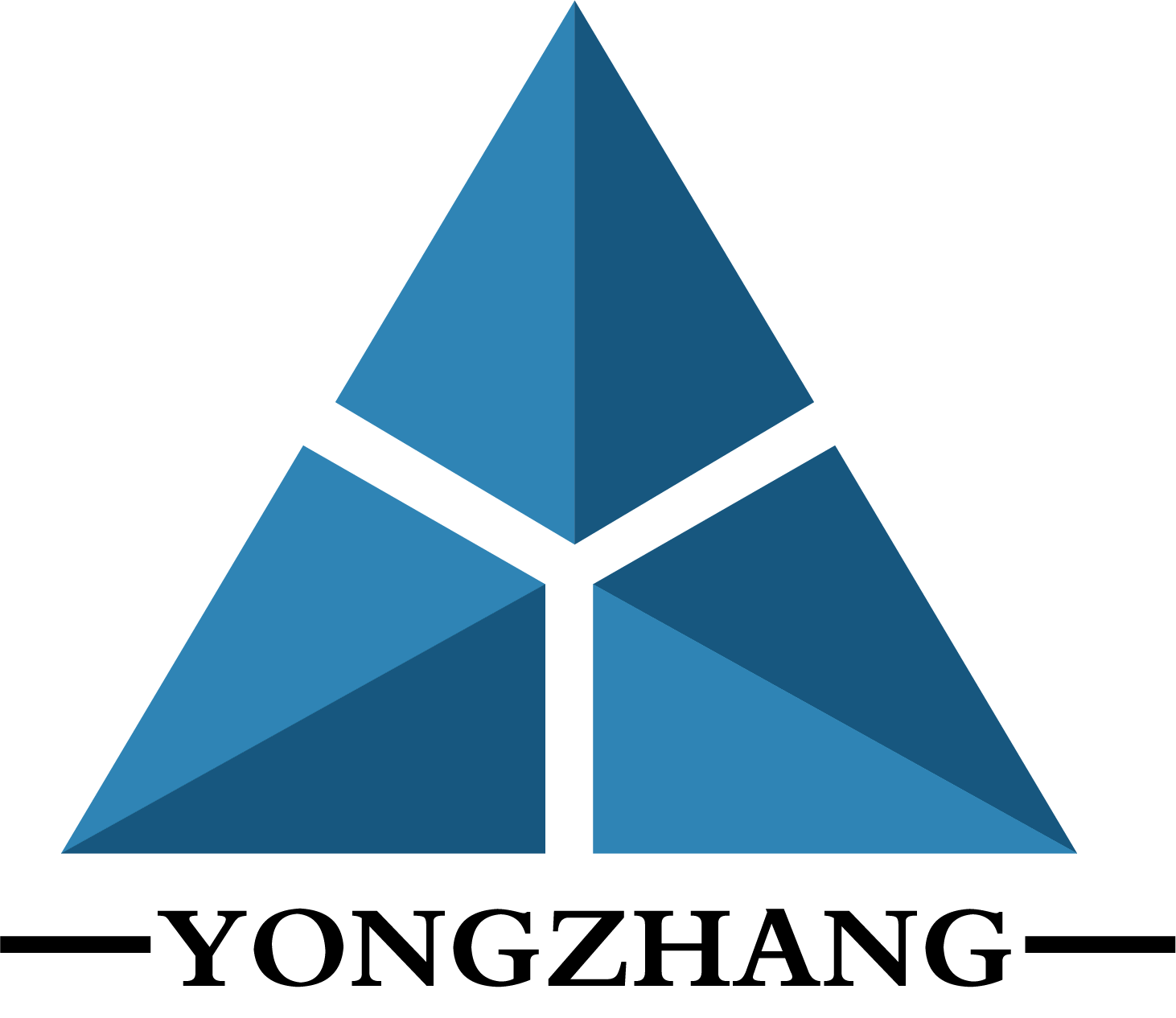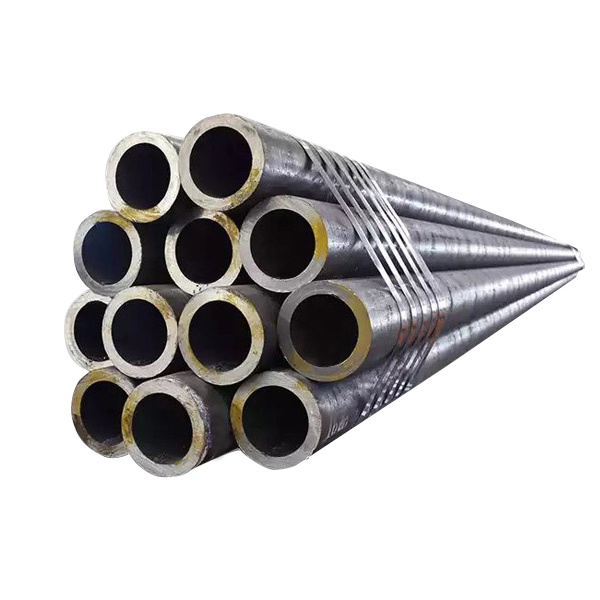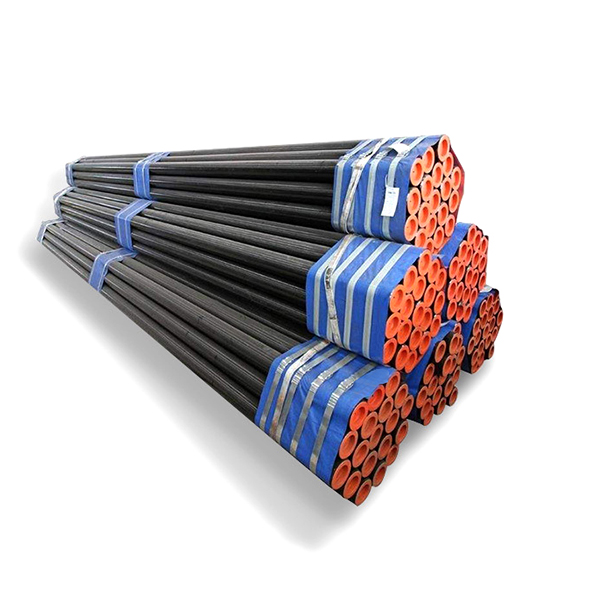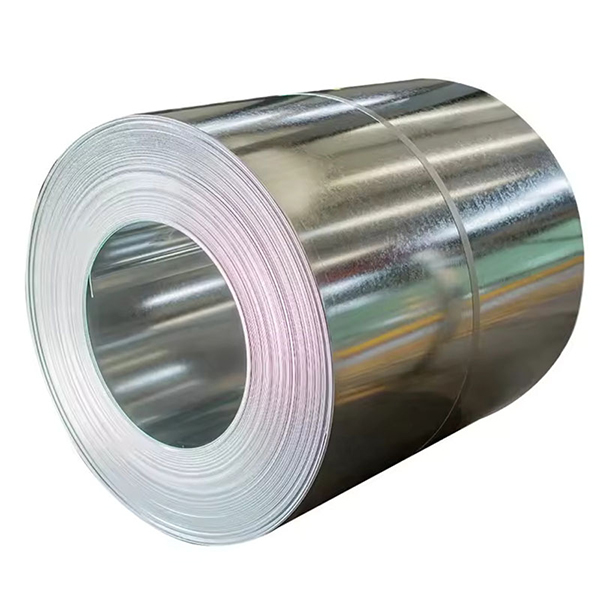Measures to Improve the Precision of Steel Pipe Wall Thickness
The control of the wall thickness of steel pipes is a difficult point in steel pipe production. The measures to improve the wall thickness accuracy in production mainly include the following aspects:
1. Tube blank heating
Heating should be uniform, and rapid temperature increase or decrease is prohibited. Each temperature increase or decrease should be kept stable and slow, with the maximum temperature change not exceeding 30℃.
2. Centering rolls
Check whether the centering rolls are installed properly, adjust the centers, opening angles and opening sizes of the corresponding core-hugging rolls to be consistent, and ensure that the centers of the core-hugging rolls are on the rolling line.
3. Rolling center line
Ensure that the rolling center line of the piercing mill is consistent with the center line of the piercing car to avoid "upper rolling" or "lower rolling", and keep the tube blank under uniform force during piercing.
4. Rolling Tools
For worn-out top heads, guide plates, and rolling rollers, they should be replaced in a timely manner.
5. Installation of Rolling Tools
The centers of the roll spacing and guide spacing must be on the rolling line. Ensure that the centers of the guide spacing and roll spacing are on the center line of the piercing rolling, that is, the upper and lower roll spacings are equal, and the left and right guide spacings are equal.
6. Piercing Rod
The piercing rod is generally selected from thick-walled pipes with an outer diameter of Φ108mm - Φ114mm and a wall thickness of ≥ 25mm and uniform wall thickness.
7. Rod core of the rolling mill
The core rods should be processed from thick-walled pipes with thicker walls. For smaller-sized core rods, solid billets can be used instead. The thick-walled pipes with uniform wall thickness and solid billets can significantly reduce the probability of bending deformation of the core rods and effectively improve the wall thickness accuracy of the steel pipes.
8. Precision of the core rods
The core rods have a relatively large length-to-diameter ratio. Generally, the outer diameter is first machined, then the notch is welded, or the long material is directly machined to form the shape. The outer processing accuracy of the core rods is controlled within ±0.1mm, and the straightness deviation of the core rods does not exceed 5mm. During welding, a precisely machined pin is inserted between the two sections of the core rods for positioning to prevent excessive total straightness deviation caused by welding.
9. Improving the process
Improve the process to prevent situations where the wall thickness is pulled thinner or thickened beyond the controlled range, and improve the wall thickness accuracy.





